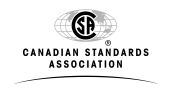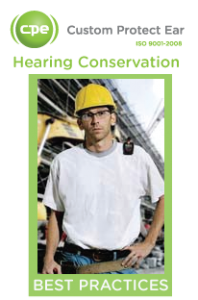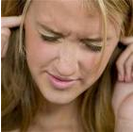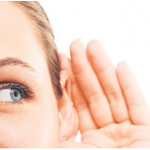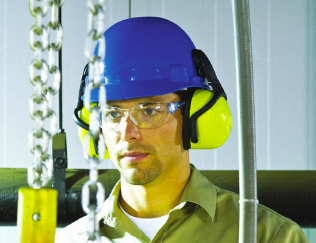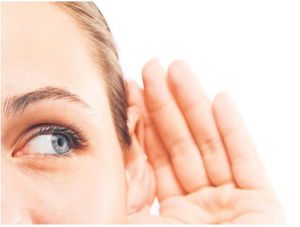Loud noises effects everyone from Musicians to Industrial trade workers to an everyday teenager.
As the world gets noisier we need to protect our hearing more than ever. It may be the last thing we think of – BUT THINK ABOUT IT… what would you do if your ears were always ringing – or if you could not hear your baby cry – or listen to the sounds of one of your favourite bands like Coldplay. As a fan of Coldplay I wanted to share this article with everyone who thinks that “Naaa this wont happen to me”… Because YES it can!
Terrible ringing in his ears and excruciating headaches’: Chris Martin’s secret ten-year hearing torment
For the past decade we can reveal the Coldplay star has also been plagued with the excruciating ear condition, tinnitus
What Moulded Ear Plugs did for Chris
Coldplay star Chris Martin has performed in front of millions of screaming fans since hitting the big time 12 years ago. But for the past decade we can reveal that the star has also been plagued with the excruciating ear condition, tinnitus. The seven-time Grammy winner was warned by doctors that the debilitating ringing in his ears – coupled with splitting headaches – could end his stellar music career. And the 35-year-old, who is married to actress Gwyneth Paltrow, must wear earplugs to save his hearing. Speaking for the first time about his agonizing ailment, he said: “I’ve had tinnitus for about 10 years, but since I started protecting my ears it hasn’t got any worse – touch wood. “The band use moulded filter plugs, similar to dB Blockers or in-ear monitors. See Coldplay on our “Protecter to the Stars” page. You can use industrial headphones similar to Smart Muffs – but they look strange at a party.”
Hearing Protection: Pay it Forward
Chris believes that listening to blaring music as a teenager was the root cause and he wants others to avoid the same fate. He said: “Looking after your ears is unfortunately something you don’t think about until there’s a problem. I wish I’d thought about it earlier.” The star insists his two children, Apple, seven, and Moses, six, are never exposed to loud music. During 2005’s Live 8 concert at Hyde Park in London, Apple wore giant ear defenders. Last night a friend of the star said: “Chris suffered with terrible ringing in his ears and excruciating headaches. “If he hadn’t sought treatment, he might not be performing today.
“When he does perform, he wears ear monitors to prevent hearing loss.”
* For more information Read Article Here.
Action on Hearing Loss: A charity with a great cause.
One of their promotional campaign is: 5 Ways to Protect Your Hearing
Music is the soundtrack to our lives
BUT every time you listen to loud music for too long, you increase the risk of damaging your hearing. If your exposure to loud music is repeated regularly, the damage could be permanent.
Remember – M.U.S.I.C.

